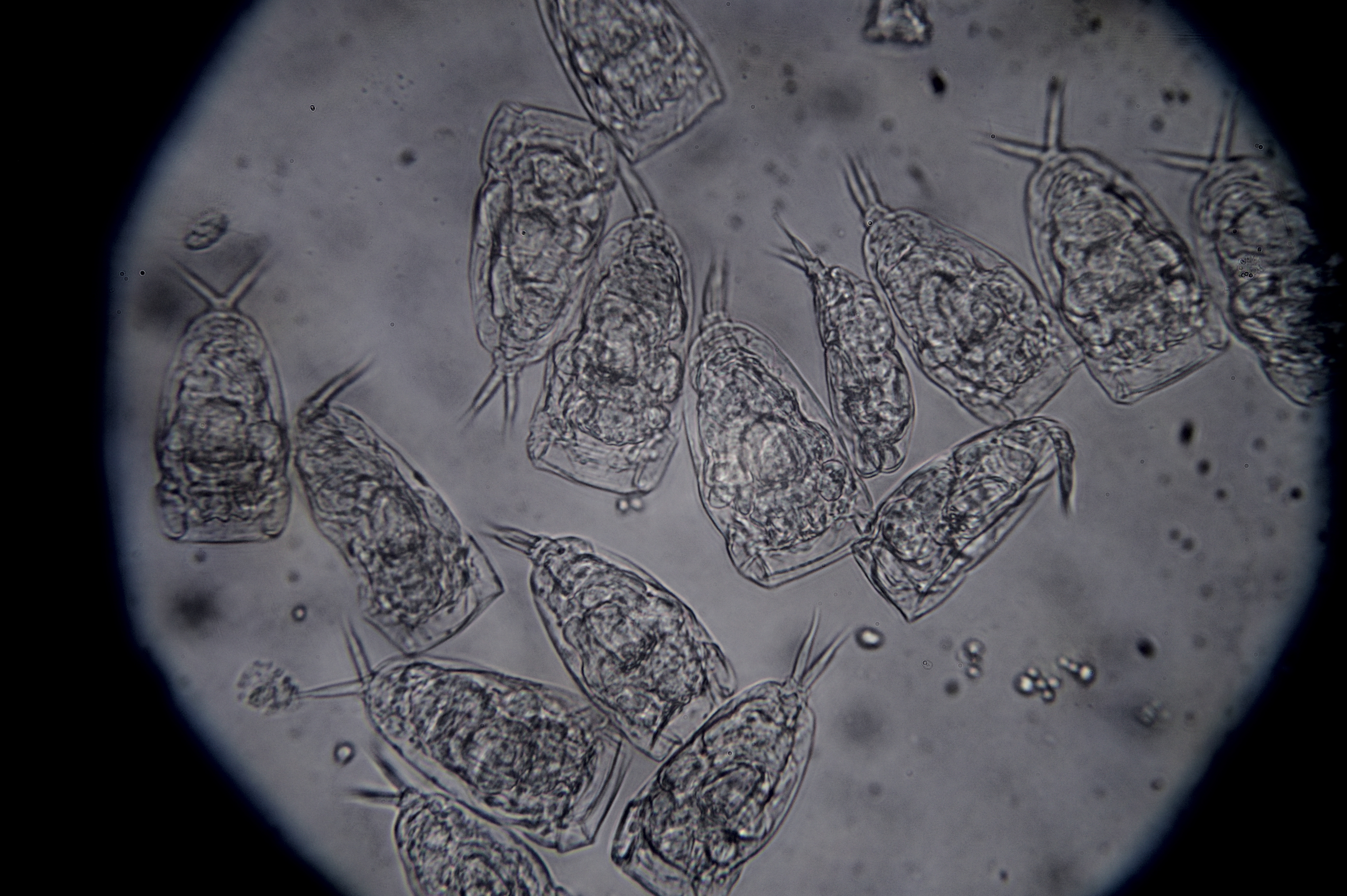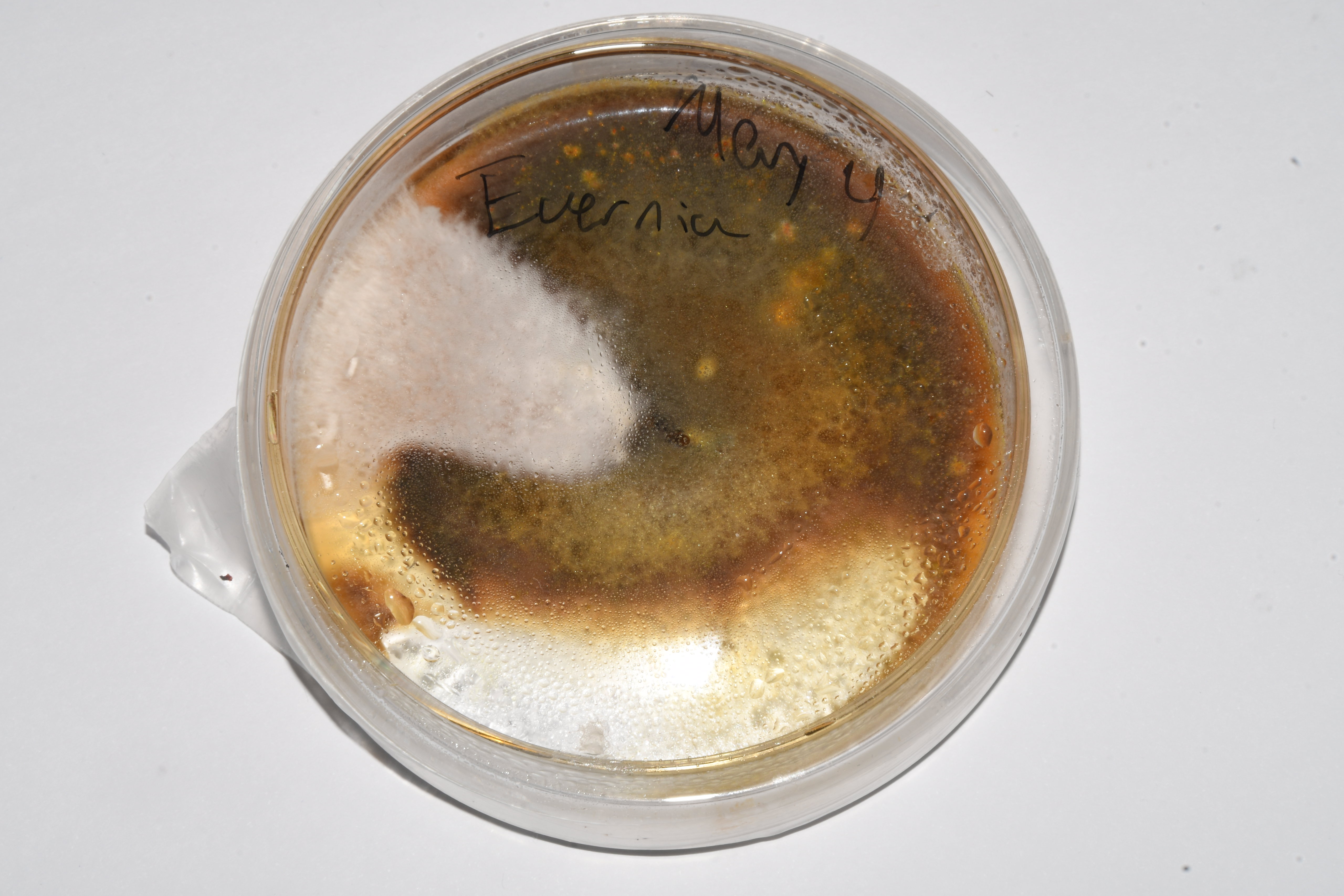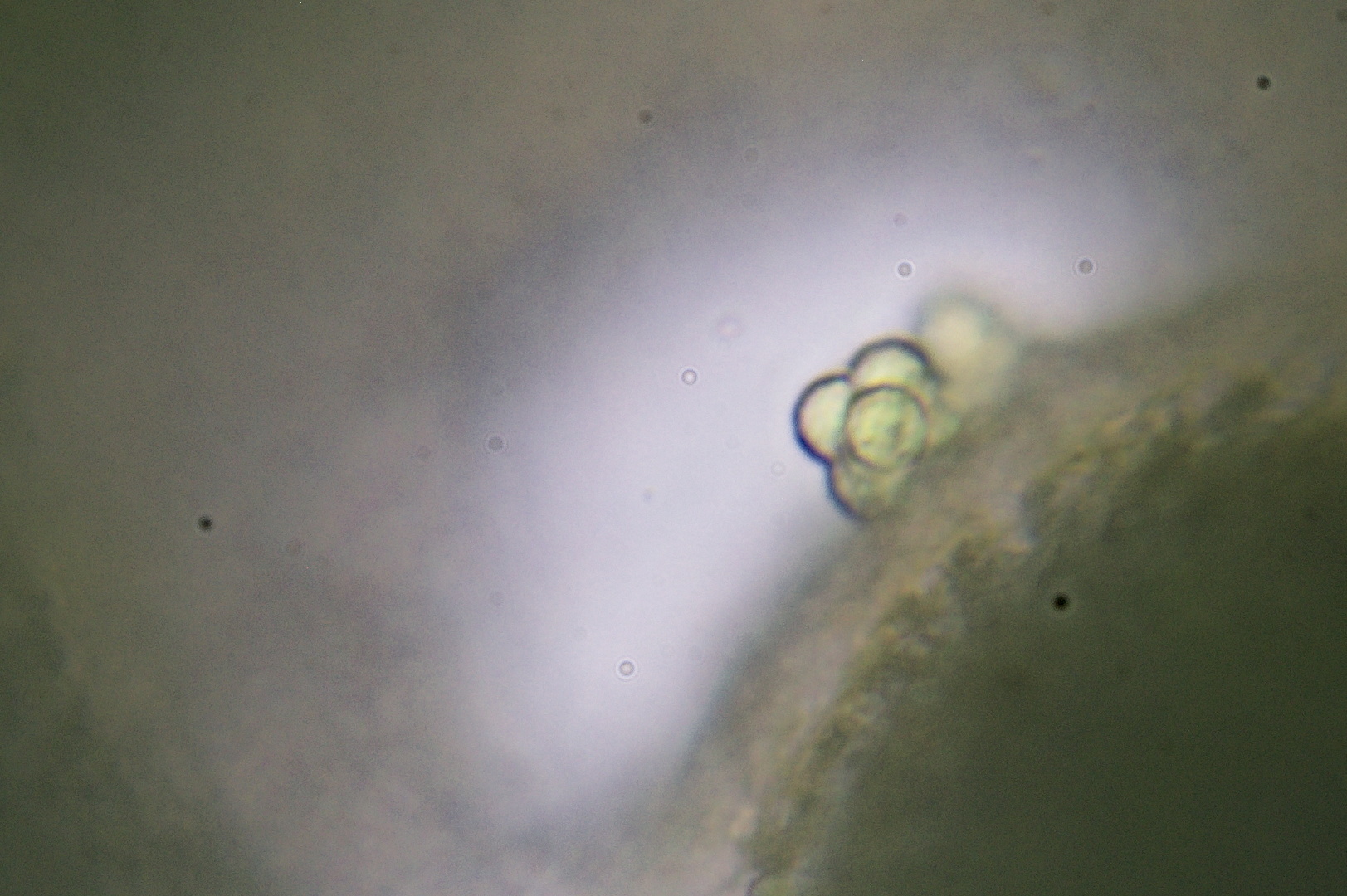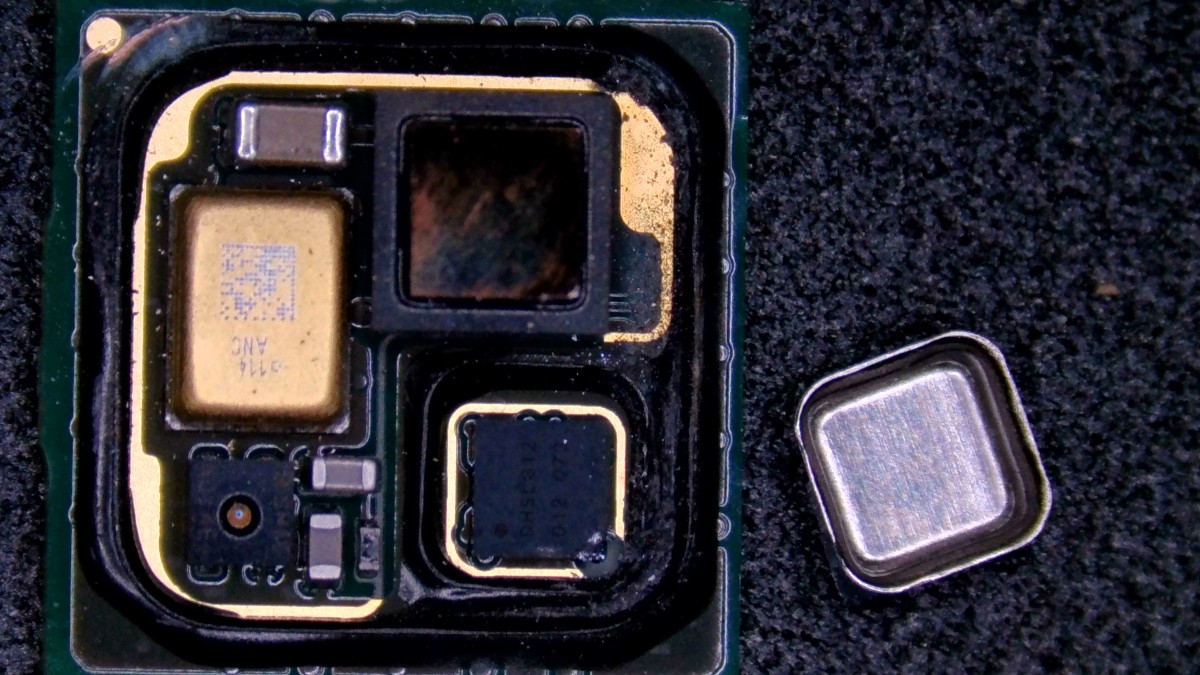Best of luck raising funds! 👍 Pinned for extra visibility.
I just noticed that featuring will only pin to "All" and not "Local". It is helpful to cross-post to a local community to pin it more visibly.
EDIT: As indepndnt mentioned in a comment below, the OP was posted on February 14, which pre-dates the wikipedia edits. So, my conclusions below about the timeline are not valid.
Hah, sure, let's investigate 🕵️♂️
The term 'Chalchiuhtlicueyecatl' was added as a potential Aztec name to the English wikipedia page on February 15, 2025, by user 'Mxn'.
The description of the edit is the following:
Frum says the Aztecs had no specific name for the gulf, which is plausible in a practical sense, but Fernández gives a specific religious name and is more of a reliable source on this topic
If we investigate a bit further, we can see that the term Chalchiuhtlicueyecatl is described to be a name for the 'Gulf of Mexico' in the spanish Wikipedia: https://es.wikipedia.org/wiki/Chalchiuhtlicueyecatl
This page was updated to include the description of Chalchiuhtlicueyecatl as the 'Gulf of Mexico' in September 16, 2018. I don't have access to the citation so I don't know if the citation specifies if this term is still known/used.
If you check the history you will find that the same 'Mxn' fixed a typo in this page on February 15, 2025.
So, from this sequence of events it is highly likely that the term 'Chalchiuhtlicueyecatl' was included into the Gulf of Mexico wiki page as a result of the user Mxn performing an active search for Aztec names for the Gulf of Mexico, and finding this connection between the term an the gulf by searching on Wikipedia. This information did not come from recent news about the term being used by natives.
I can find no evidence of native people referring to the gulf of Mexico as 'Chalchiuhtlicueyecatl' more frequently or at all. I can find no mention of this becoming viral in Mexico.
I find it highly unlikely that:
- User Mxn added an obscure Aztec term to the Wiki page two weeks ago
AND
- This same obscure Aztec term coincidentally began being used by Mexican natives, and this trend became popular enough to be noticed by foreign media but not by Mexican media
More likely....
- Mxn actively looked for a term and updated the English wiki
- Someone read the English wiki, thought this would be a nice story, made the meme
And this concludes my little investigation 🧐
I find it strange that they are out-bidding each other like this when there are over 8 days left. I am not too experienced with bidding, but I thought that the normal strategy was to maybe place a placeholder bid if there is no activity, but more generally one waits until the last second to set a reasonably high bid. Going on a 1v1 with fast out-bidding over a week early seems bad for everyone except the seller. Perhaps someone can explain.
If the timing is right, I would bring a mushroom grow bag with mushrooms sprouting.
If not... probably my radiacode gamma spectrometer and some of my radioactive items. Maybe a clock with radium painted dials and a piece of trinitite. I think that there are many different points of discussion that can be of interest to a broad audience (radioactivity, spectroscopy, electronics, US labor law story of the radium girls, nuclear explosions, background radiation.... etc). As a bonus I can bring a UV flash light and show the radium fluorescence. Adults love UV flash lights.
The authors of the paper uploaded 6 videos in the supporting info. It looks like mucus to me, but it is difficult to see. I cropped one video in which you can see strings of the "milk": https://i.imgur.com/9RvVSgz.mp4
You can get the zip file with the 6 videos here: https://www.science.org/doi/suppl/10.1126/science.adi5379/suppl_file/science.adi5379_movies_s1_to_s6.zip
I also found a video of a frog feeding its tadpoles through the skin: https://static-content.springer.com/esm/art%3A10.1007%2Fs10682-023-10259-z/MediaObjects/10682_2023_10259_MOESM2_ESM.mp4
The frog video comes from this paper: https://link.springer.com/article/10.1007/s10682-023-10259-z
Search engines like google aggregate data from multiple sites. I may want to download a datasheet for an electronic component, find an answer to a technical question, find a language learning course site, or look for museums in my area.
Usually I make specific searches with very specific conditions, so I tend to get few and relevant results. I think search engines have their place.
-
Password hashing occurs server-side. Even without removing the hashing step an admin can intercept the plaintext password during login. Use unique safe passwords.
-
An admin can intercept the jwt authentication cookie and use any account that lives in the instance.
-
Private messages are stored as plaintext in the database
-
Admins can see who upvotes/downvotes what
-
These are not things that are unique to Lemmy. This is common.
-
To avoid having to trust your admin, run an instance.
Full genome sequencing.
The price of sequencing continues to decrease as the technology evolves. I have already seen claims of under $1,000 for a full human genome. I haven't looked carefully into those claims, but I think we are around there. In some years full genomes will be so cheap to sequence that it will be routine. I want to buy one of those small Oxford Nanopore MinION sequencers in the future. I'll use it like a pokedex.
My view is: I don't like this cultural element, and I am glad that I live in a country without it. But if I am a visitor from abroad I would not resist the local culture and try to impose my own values. If I am aware of this cultural element and I dislike it, my options would be to either avoid restaurants and other tipping situations as much as I can, or simply account for the tip when making my financial decisions, and pay it.
If I live in the country then it is different, because then I am more entitled to be a driver of change. Personally, my approach would be to support businesses with explicit no-tipping policy, and to refuse receiving tips myself.
I am curious about why lemmy.ml is blocked in your country. Is the 'ml' domain generally blocked? Or was lemmy.ml specifically added to some block list?
Sal
0 post score0 comment score






















I think that for mid-levels of fame you can find a mixture of musical skill and self-marketing/entrepreneurship.
But as you go up the ladder of fame you get to the rungs where money is used to pay for an artist's exposure. The artist becomes an investor's asset and the "skill" of building fame arguably belongs to the investors / management team. And it is not so much skill as much as it is the power of capital to purchase attention.